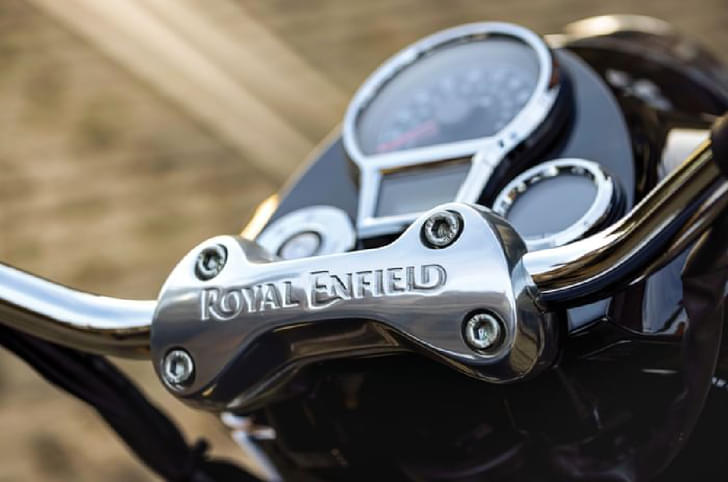The Revolt RV400 entered our shores in September 2019 and as such was one of the first EVs that carried forward a more traditional motorcycle look to appeal to mass-market consumers. Availability was limited for quite a long time, but Revolt has now grown its presence to 19 dealers across the country. Now, however, the long-overdue Tork Kratos joins the fray, promising a truly designed and made-in-India alternative to the Revolt, which began life as a Super Soco EV from China. Tork Motors has a rich motorsport history under its belt with a 3rd place finish in the Isle of Man (2009) and a first-place finish in the TTXGP (2010).
So, let’s look at the numbers, shall we?
Tork Kratos vs Revolt RV400: engine and battery
The RV400 has been in the market for some time now and has finally got a competitor. It now faces the Tork, which, as the above spec sheet indicates, has more to offer. The Revolt claims it has an expected range of up to 150km in Eco mode, whereas the Kratos claims to offer an Indian Driving Cycle (IDC) range of up to 180km and a real-world range of 120km. The Kratos, like the Revolt, has three riding modes – Eco, City, and Sports.
Another consideration here is that the RV400 gets a removable battery pack (which weighs around 19kg) while the Kratos has a fixed battery pack.
The Kratos’ motor is entirely designed and built from scratch in India. The bike also comes with a fully digital display with all the associated accoutrements such as a dedicated app that offers navigation as well as charging and ride statistics. The RV also gets fully digital instrumentation, as well as other smart connectivity features such as the MyRevolt app that enables many features, including vehicle diagnostics.
Revolt has another, lower-powered version called the RV300, while Tork offers a more powerful variant of the Kratos. The Kratos R, for a slight premium, offers a powerful 4.5kWh motor with a peak output of 9kW, comes in multiple colour options (white, red, blue, black), has fast charging capabilities, as well as free access to the Tork charging network for two years.
Revolt has a different approach to charging. While the bike can be charged via a charger, Revolt also claims to offer mobile charging stations where you can replace your RV400’s battery with a fully charged one. They claim to offer an SOS battery delivery system as well, wherein you can use the MyRevolt App to get a fully charged battery delivered home.
Tork Kratos vs Revolt RV400: underpinnings
The Tork Kratos has a seat height of 785mm and compared to the Revolt RV400’s seat height of 814mm, the former naturally is more accessible. The Revolt is considerably lighter than the Tork, a whopping 42kg to be exact. Tork touts a rich racing pedigree which they say has enabled them to ensure that the Kratos handles well. Whether all of this actually translates to a real-world difference between the two remains to be seen.
Tork Kratos vs Revolt RV400: what do they cost?
After Fame II and state subsidies, the Kratos will cost you Rs 1,07,999, while the Revolt will cost you Rs 90,799 (both prices, ex-showroom, Pune).
Although another consideration here is the My Revolt Plan (MRP) that Revolt offers, wherein you can take home a motorcycle registered in your name for Rs 4,000. This three-year subscription plan will cost you Rs 4,000 per month and includes brake pad changes, insurance, and a tyre change as well. Once the three years have elapsed, you pay for only the brake pads and other consumables. This way, there is no down payment at any given point in time. Your net cost at the end of the period, however, is Rs 1.44 lakh.
Tork does not have any unique payment models on offer. As for the sportier Kratos R, it will cost you an additional Rs 15,000, at Rs 1,22,999 (ex-showroom, Pune). For this premium, you get a more powerful motor that translates to a higher top speed of 105kph, along with some more features like track analytics, geofencing, ride analytics, smart analytics, motor walk assist, and the aforementioned free two-year access to the Tork charging network.
Tork Kratos vs Revolt RV400: who wins on paper?
The Tork Kratos does appear to be the more convincing option, even if it comes in at a higher price. However, all this remains on paper. We still need to ride the motorcycle and Tork motors still has the substantial task of bringing it to the market. From what we have seen so far, it might be worth the wait, if you’re looking for an electric motorcycle at this price point.
Which one of the two tickles your fancy more, the Revolt RV 400 or the brand new Tork Kratos? Let us know in the comments.

































